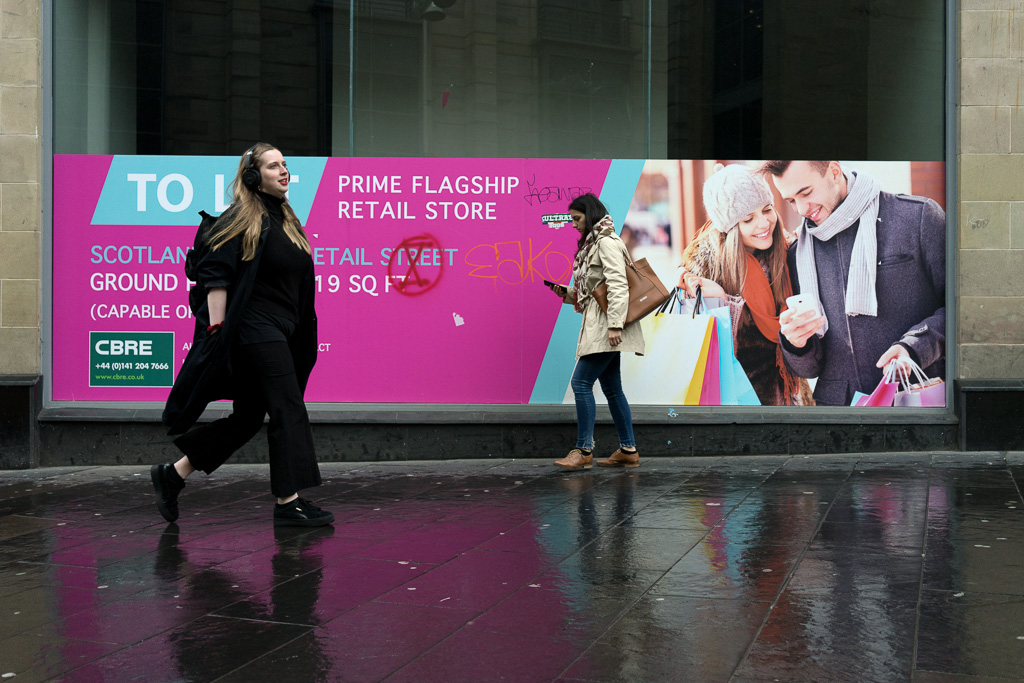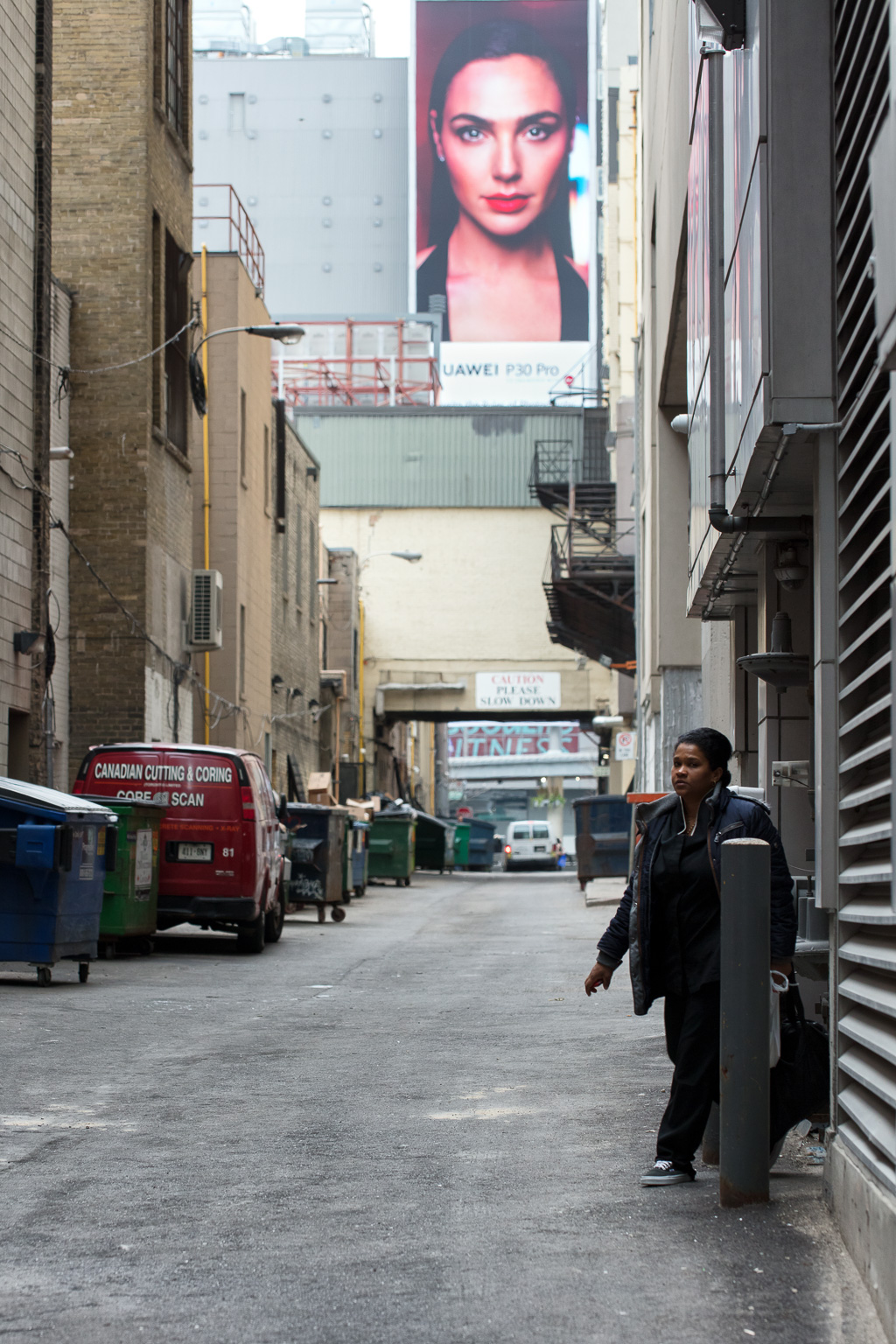Take a letter-sized page and fold it in half, then fold the result in half again. As a theoretical construct, like the point or line in Euclidean geometry, you can fold such a page indefinitely, because it has no width, no imperfections. But in the imperfect world of real paper, you can complete no more than six folds (seven with tools) before the exercise comes to its necessary end.
As the Louvre’s Chief Conservation Officer, Lisette faced a similar problem in her efforts to protect La Joconde. Taken as a theoretical construct, the Mona Lisa’s smiling face would last forever. But every year in the real world, she lost a little more of her substance, a molecule here, an atom there. Perhaps a gust would issue through the gallery and dislodge a few wisps of paint.
To guard against such mishaps, early conservators had replaced her with a clever copy and hermetically sealed the original in a protected vault. But even there they could not guard her from the ravages of cosmic radiation and the force of Earth’s gravity. It does not seem like much, a molecule here, an atom there, but in our imperfect world, such a diminution leads to a calculable end, as it does for the body, as it does for the Earth itself.
Over the millennia, Earthly powers had risen and fallen. First, there was the Europe of the Renaissance that had given rise to this most famous of paintings. Then the British Empire. Then revolutionary America. From its ashes rose the Canadian Empire which soon gave way to China which in turn surrendered its prestige to the Sub-Saharan Coalition. We compare the ebb and flow of power to the tides, but that is a strange analogy because, one day, even the tides will cease.
In all this ebb and flow of historical power, Lisette happened to be the person, a real person, not a theoretical construct, to preside over the passing of one of its great symbols. Whatever else Art might be, it was a symbol of power. It had grafted itself to Earthly longings and had turned itself into a standard bearer for the march of time. Lisette was convinced that the Mona Lisa’s smile was no great mystery: it had about it a sly mix of mockery and contempt that the privileged always bear for those who stand outside their circle.
Lisette stepped into the shattered remains of the Louvre’s glass pyramid where media waited for her announcement. She had memorized a carefully prepared speech, but worried that her emotions might unsettle her words:
Friends of the press, Citizens of the World—
she introduced herself and her colleagues, their offices and credentials, then went on
—it grieves me to announce that our beloved masterpiece, La Joconde, is no more. The last strands of canvas have crumbled to dust. The smile has faded to nothing. For thousands of years, this institution has presided over the care of this great work by an unknown master whose name is lost in a murky past. However—
In the silence, as Lisette struggled to recall what came next, a voice from the press shouted: Failure. You had one thing. One thing. And you failed.
As swiftly as the rise of a summer storm, Lisette’s demeanour changed from grief to anger. Failure? she cried. You may as well direct that accusation at yourself for allowing yourself to die. And I assure you: you will die. There are many extinctions that are a failure. A failure of stewardship. From the dodo to the white rhino. The African elephant. The honey bee. But this is death by a natural process. By your logic, we should blame the mortician when a man ends up on his slab because of old age.
Lisette stormed from the presser and locked herself in her office where she cried. She couldn’t say precisely why she cried, whether from grief or from anger, or perhaps from some as yet unnameable feeling her enigmatic painting represented.





